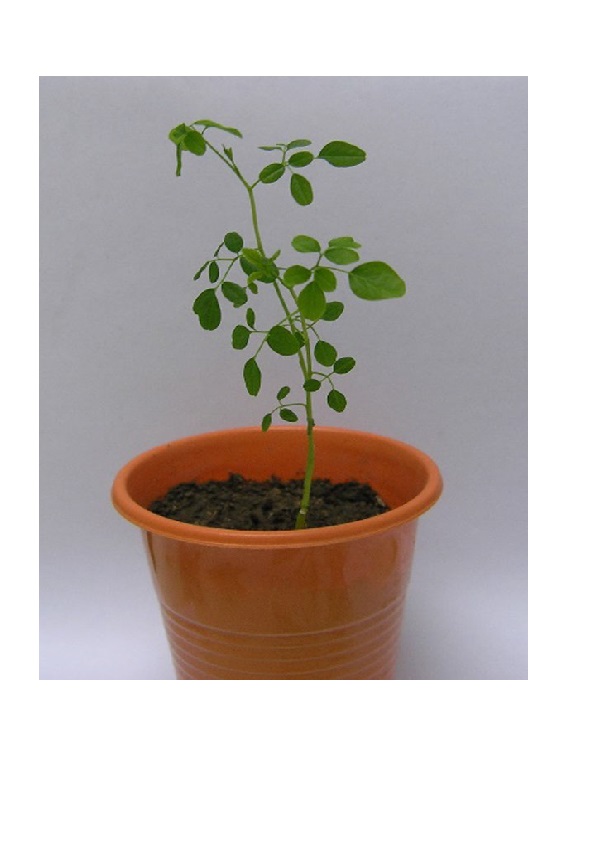Multiplication of Moringa oleifera shoots on MS medium supplemented with 2.5 μM BAP for 3 weeks resulted in shoot vitrification which led to chlorosis, retardation of shoot formation, reduction in shoot length, necrosis of shoot tips and formation of friable calli on the base of cultured explants. Vitrification symptoms decreased when MS medium containing 2.5 μM BAP in combination with 10 μM AgNO3, 50 μM salicylic acid (SA) or 200 μM CoCl2 was used. Studying isoenzyme patterns of SOD, POX, CAT, GOT and EST indicated that moringa shoots multiplied without obvious variation in isoenzyme patterns up to 7 subcultures. Moringa shoots subjected to 14 subcultures and anti-ethylene compounds showed variation in isoenzyme patterns and were associated with the disappearance of vitrification which facilitated root formation and acclimatization. Under long term cultures, RAPD, ISSR and SSR indicated that AgNO3 was the optimal anti-ethylene substance for avoidance of vitrification in moringa but it resulted in high somaclonal variation. Application of SA decreased vitrification as well as somaclonal variation compared to CoCl2 under long term culture. Consequently, SA was recommended for moringa clonal multiplication.


